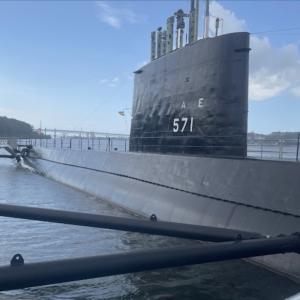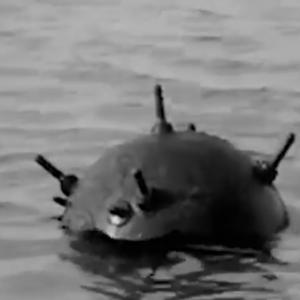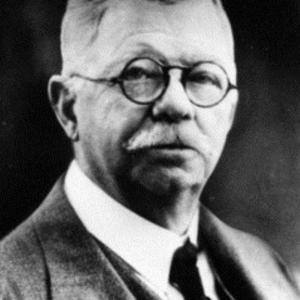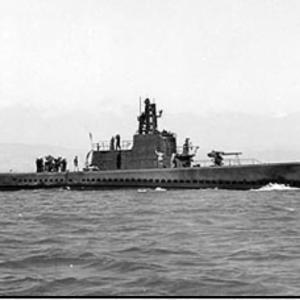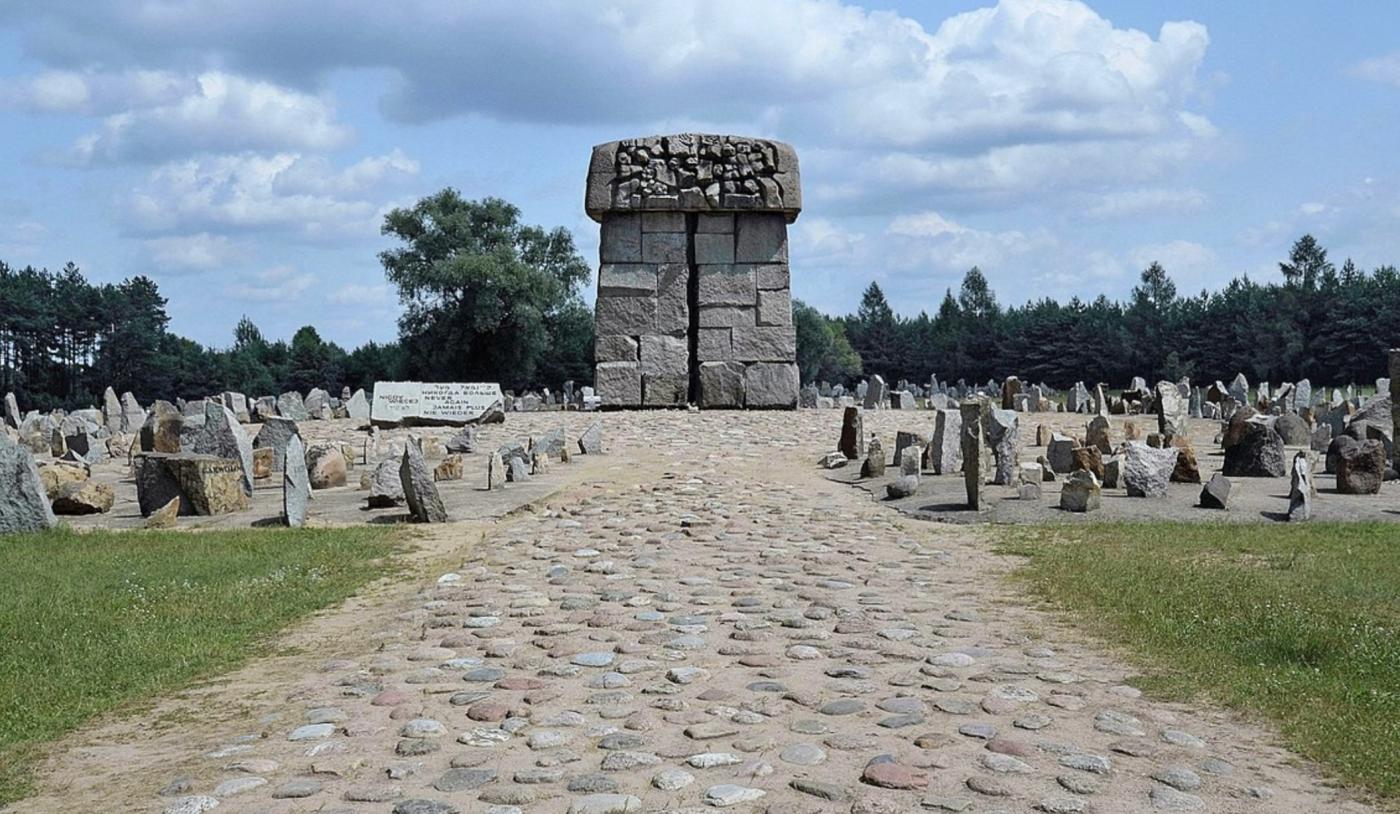
Treblinka extermination camp
Treblinka extermination camp was one of the most notorious killing centers established by Nazi Germany during World War II. Located in a remote, forested area near the village of Treblinka in the Masovian region of northeastern Poland, the camp was part of Operation Reinhard, the Nazi plan to eliminate the Jewish population of occupied Poland. Treblinka operated between July 23, 1942, and October 19, 1943. It was second only to Auschwitz in the number of people murdered there.
Treblinka was divided into two separate parts. Treblinka I was a forced labor camp primarily for political prisoners and Jews, operating from 1941 to 1944. Treblinka II was the extermination camp, designed and built solely for the mass murder of Jews and other targeted groups. Construction of Treblinka II began in early 1942, and it was modeled after other extermination camps such as Belzec and Sobibor. Its location near a railway line allowed for the efficient transport of large numbers of victims.
The establishment and operation of Treblinka were overseen by key Nazi officials, including Heinrich Himmler, Odilo Globocnik, and Christian Wirth. Franz Stangl, previously at Sobibor, became the camp's commandant. He was later replaced by Kurt Franz, known for his extreme cruelty. The first commandant, Irmfried Eberl, was removed due to mismanagement and inability to handle the pace of mass extermination.
Upon arrival at Treblinka, victims—primarily Jews from Poland, Austria, Germany, Czechoslovakia, France, the Netherlands, and Greece—were told they were being relocated. The camp was designed to deceive, with fake train schedules, a false train station, and signs indicating it was a transit camp. People were ordered off the trains, separated by gender, and told to undress for showers. All personal belongings were confiscated under the pretense of disinfection.
Treblinka's killing method was carbon monoxide poisoning. Victims were forced into gas chambers disguised as shower rooms. A diesel engine, located in a separate building, pumped exhaust fumes into the chambers, causing death within 15 to 30 minutes. Initially, three gas chambers were built, but due to the high volume of arrivals, ten larger chambers were later added. At the peak of its operation, Treblinka could kill 12,000 to 15,000 people per day.
Bodies were initially buried in mass graves. However, as the number of corpses grew and decomposition became a problem, the Nazis began exhuming the graves and cremating the bodies on open-air pyres. This was part of their attempt to hide evidence of the crimes. Jewish prisoners, known as the Sonderkommando, were forced to carry out the gruesome work of transporting corpses and tending the fires. These workers were regularly killed and replaced to eliminate witnesses.
On August 2, 1943, a group of prisoners staged a revolt. They stole weapons, set buildings on fire, and attempted to escape. About 200 prisoners managed to flee the camp, but most were caught and killed. The uprising, along with the advance of the Soviet army, led the Nazis to shut down Treblinka shortly afterward. In an effort to erase all traces of the camp, the Nazis demolished the buildings, plowed the ground, and built a fake farm on the site, with a Ukrainian guard living there to maintain the illusion.
By the time Treblinka closed, it is estimated that between 870,000 and 925,000 people had been murdered there. Almost all were Jews. Of these, over 300,000 came from the Warsaw Ghetto alone. Treblinka stands as a symbol of the industrial-scale murder carried out by the Nazi regime and remains one of the most horrifying chapters in human history.
Today, the site of Treblinka is marked by a memorial to the victims. No original buildings remain, but symbolic stones and sculptures commemorate the many communities whose residents perished there. The camp serves as a powerful reminder of the consequences of hatred, totalitarianism, and indifference.

